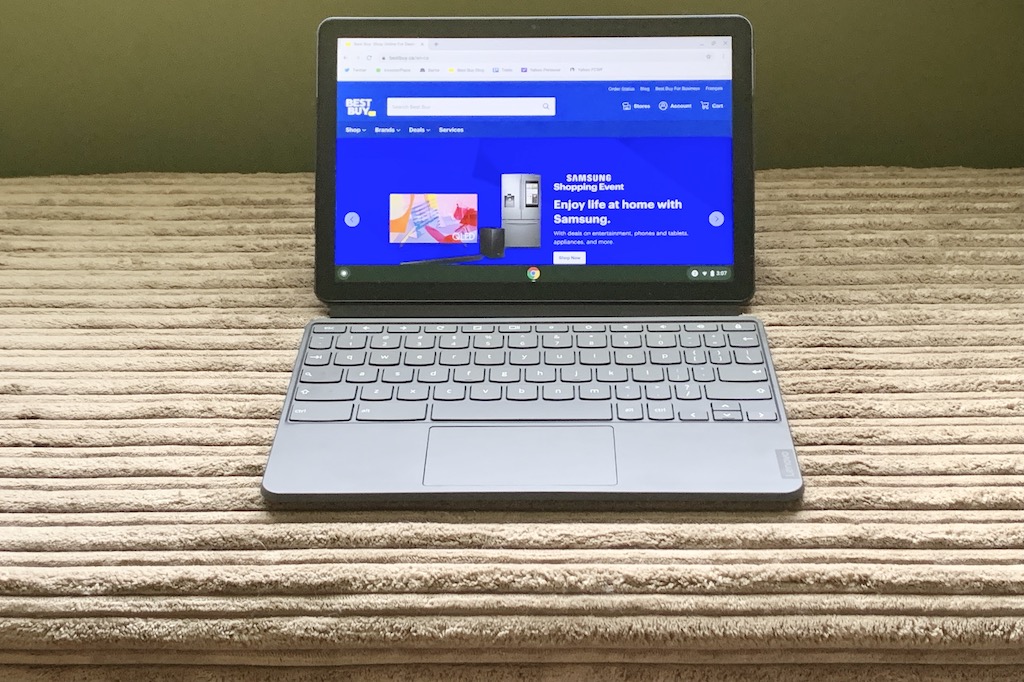
When they first hit the market a decade ago, it would have been tough to recommend a Chromebook as the primary family computer for most households. The devices were immediately popular with schools, but an early focus on making them a cheap computing solution meant Chromebooks had compromises. That situation has changed dramatically over the past several years. These days, it’s not uncommon to find Chromebooks with similar specs to Windows or Mac laptops. Manufacturers have upped their design game, and many Chromebooks now feature a premium experience including high quality, Full HD displays. Many also offer flexible, 2-in-1 designs that let them take full advantage of Chrome’s support for Android apps.
Is a Chromebook good for school?
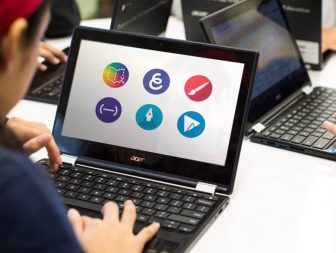
Google has made huge inroads in the North American education market. In the U.S., over 60% of laptops purchased for grades one through 12 were Chromebooks, and they are extremely popular in Canada as well. Even in schools where Chromebooks are not officially in use, Google’s Workspace (formerly G-Suite) is often still the software of choice for assignments.
That integration makes Chromebooks ideal for students.
During the evaluation period, my boys used the Chromebook for instant access to their homework. In addition, with a Chromebook you can count on lightweight and long battery life. This makes the laptops great for use in-class, not just at home.
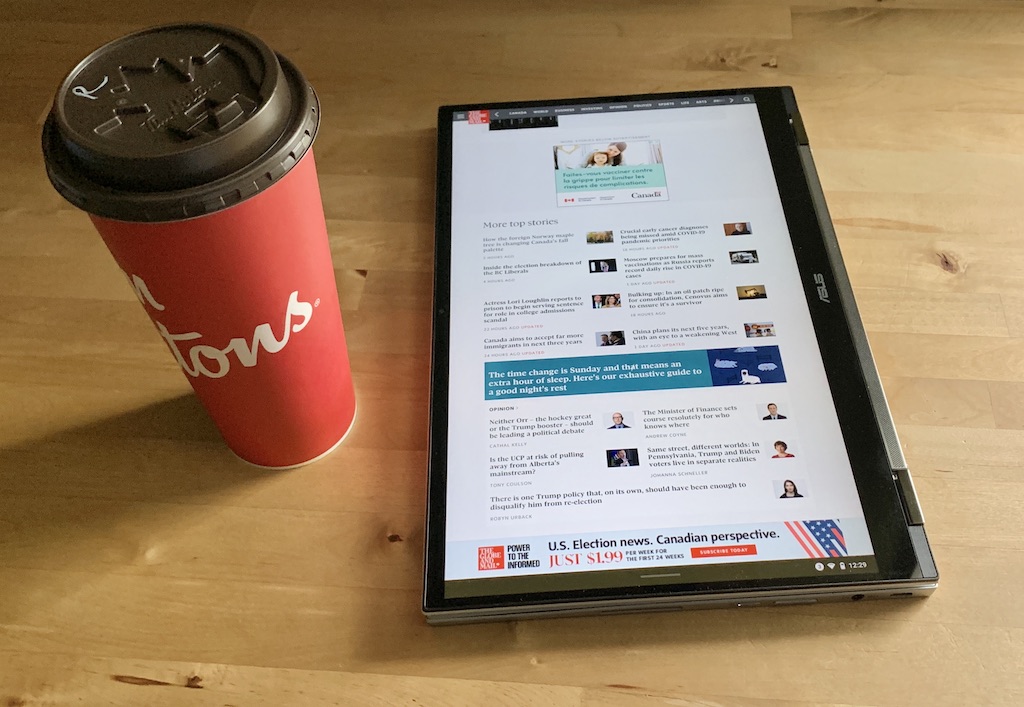
Many Chromebooks offer touchscreen displays, support for a stylus and even the ability to be used as a slate or tablet. This opens up possibilities like drawing and taking notes. The Pixelbook I was using was shipped with a Google Pixelbook Pen and a Bamboo Ink pen (Note that most Chromebooks do not include a stylus; they must be purchased separately.) There are many stylus choices available and an active stylus like these gives flexibility for features such as pressure-sensitive input and even integrated Google Assistant support.
A Chromebook isn’t just good for school. Many people are now using them for work as well.
A 2-in-1 Chromebook also makes a great e-reader, with a nice big screen.
Can you use Google Assistant on Chromebook?
Speaking of Google Assistant, a Chromebook offers integration into your smart home. Once I was logged into my Wi-Fi network, I was able to immediately use voice commands with the Chromebook to have Google Assistant control my smart lights.
Can you use Microsoft Office on Chromebook?
One of the great misconceptions about Chromebooks is that because they run Chrome OS, they don’t integrate well into a scenario where other computers are running Windows or macOS.
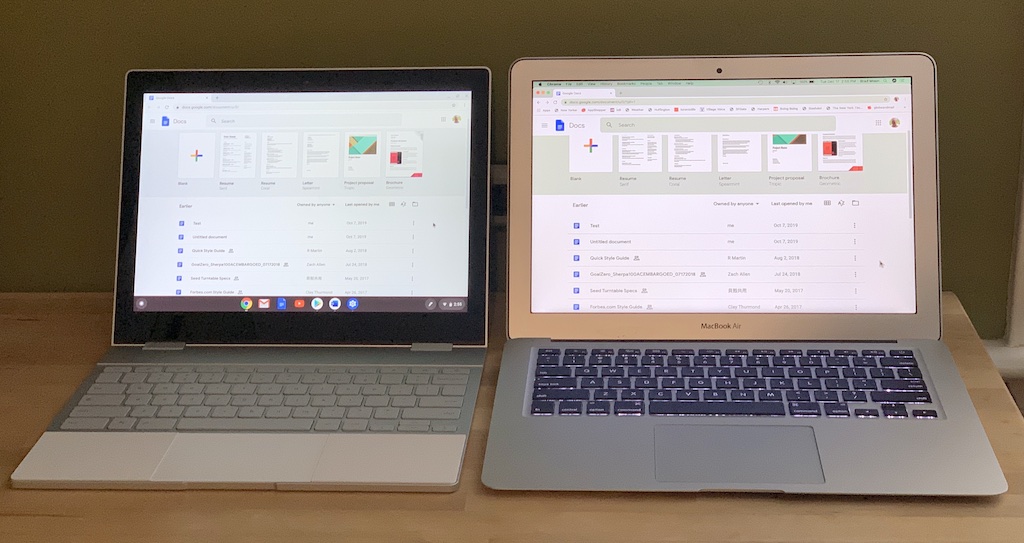
The great equalizer here is the applications you are likely to care about. When using a Chromebook on my Mac network, I can’t AirDrop a document from an iMac to the Chromebook. But why should I care? The files that I would be moving from machine to machine are fully accessible in the cloud. Using Google Docs, I can work on an article on my iMac or MacBook Air, then pick up the Chromebook and continue right where I left off.
Prefer Microsoft Office? That is no problem. Microsoft makes all the popular Office applications (including Word, Excel and OneNote) available as Android apps on Google Play. Just download and you will be using Microsoft programs on your Chromebook as you would on any other computer. You can also use advanced features if you already have an Office 365 subscription. Microsoft’s Office apps are also available online, where they are fully optimized for the Chrome browser.
Easy to set up and very secure
Setting up a Chromebook is a breeze. The primary things you need are Wi-Fi connectivity and a Google account. You can add as many login accounts as you’d like (each needs their own Google account), and this makes it possible to share a Chromebook among multiple users. Each can set their own desktop and other preferences and install their own apps. Data they save locally is private.
One of the key selling points of Chromebooks is security. Google not only does security well with Chrome, it does it painlessly. Windows forces users to choose an update time, then takes over the computer while the update runs. That’s inconvenient and you might delay an update longer than you should. Apple’s macOS has the same issues. Both of these operating systems can be very secure, but to make sure they have the latest and greatest security updates requires a combination of user initiative and downtime.
Chromebooks are different and arguably superior when it comes to security. First of all, Google pushes out updates instead of waiting for users to look for and initiate them. When a Chromebook is booted up, it automatically applies any updates. In addition, Chrome makes aggressive use of “sandboxing’” which means apps run with their own resources, isolated from other apps. Even Chrome browser tabs are sandboxed from each other. This prevents any malicious code that gets through security from spreading.
No, you don’t have to be online all the time
Early Chromebooks were designed to be used primarily with G-Suite and had minimal storage. They were expected to be connected most o the time. Chromebooks have evolved. They offer more storage, and most apps—from Workspace to Netflix—support offline use. So don’t worry about having to be constantly connected to the internet to use a Chromebook, that is not the case (more on that here).
Android apps
In 2017, Google began rolling out a huge update for Chromebooks, giving them the ability to run Android apps from Google Play.
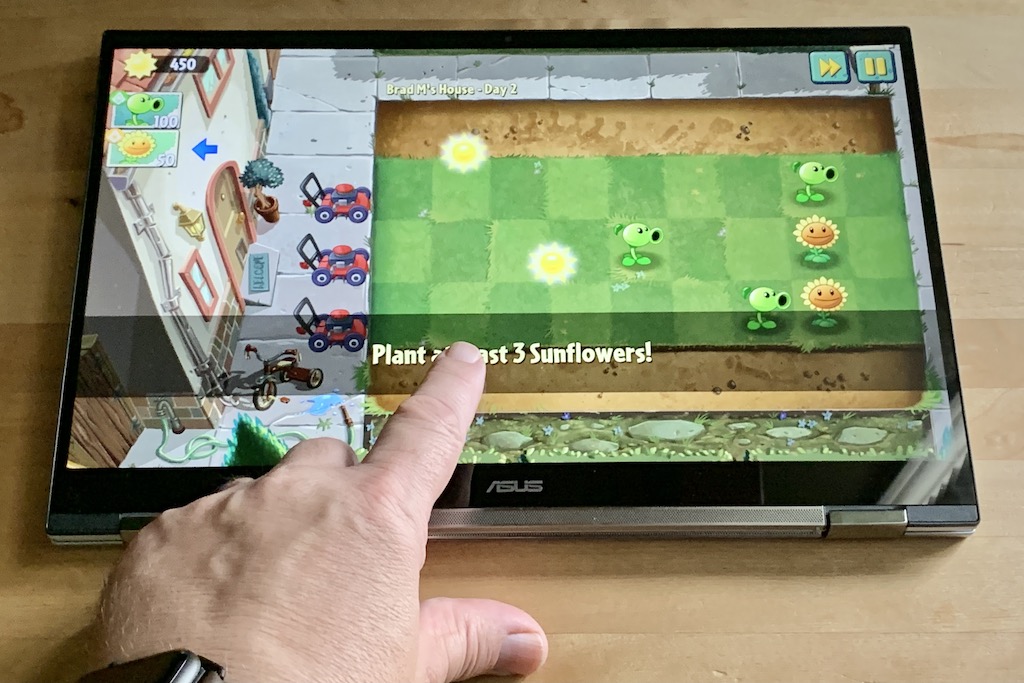
This opened up a whole new world of capabilities. Google Play has nearly 3 million Android apps, many of these optimized for tablets. Even the least expensive Chromebook has the power for the most demanding Android apps, and the Google Play access gives Chromebook owners access to everything from image editors to popular video streaming apps and hundreds of thousands of games.
Want to take gaming to a new level? You can also use a Chromebook to play AAA titles through NVIDIA GeForce Now, Microsoft’s Xbox Cloud Gaming and other services.
It’s affordable
I really can’t talk about Chromebooks without touching on price. Simply put, these laptops are more affordable than traditional Windows or Apple laptops. The more modest processor, RAM, and storage requirements of Chrome OS still mean lower prices. Even with the premium touches like an all-metal build, Full HD touchscreen, 360-degree hinge and all-day battery life that are increasingly offered by Chromebook manufacturers ….
And an affordable laptop is important for many families. Frankly, that was one of the main reasons we chose a Chromebook for my daughter. Our house is full of Macs, but knowing the abuse a laptop can go through while being slung around in a backpack (added to her school’s adoption of Google Workspace for Education), made a Chromebook a no brainer. And she loves it.
You can use most of your PC accessories and peripherals
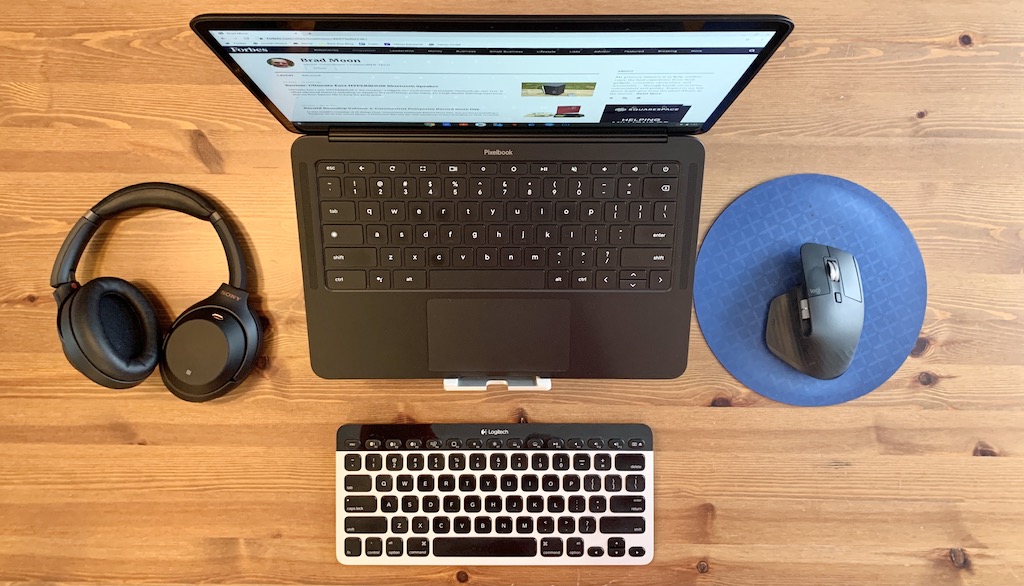
Most computer accessories can be used with a Chromebook, just like any other PC. You can read the guide for more details, but the high-level takeaway is that using a Chromebook doesn’t mean giving up on the extras that can make you more productive. I use my Chromebook with a Bluetooth mouse and keyboard. It’s also capable of outputting 4K video to a big computer monitor through its USB-C port. If I don’t want to go wired, I can Cast from the Chromebook to a compatible TV.
Capabilities like video output will vary by Chromebook model, but the point is you can still create a very effective and well-equipped workspace with a Chromebook.
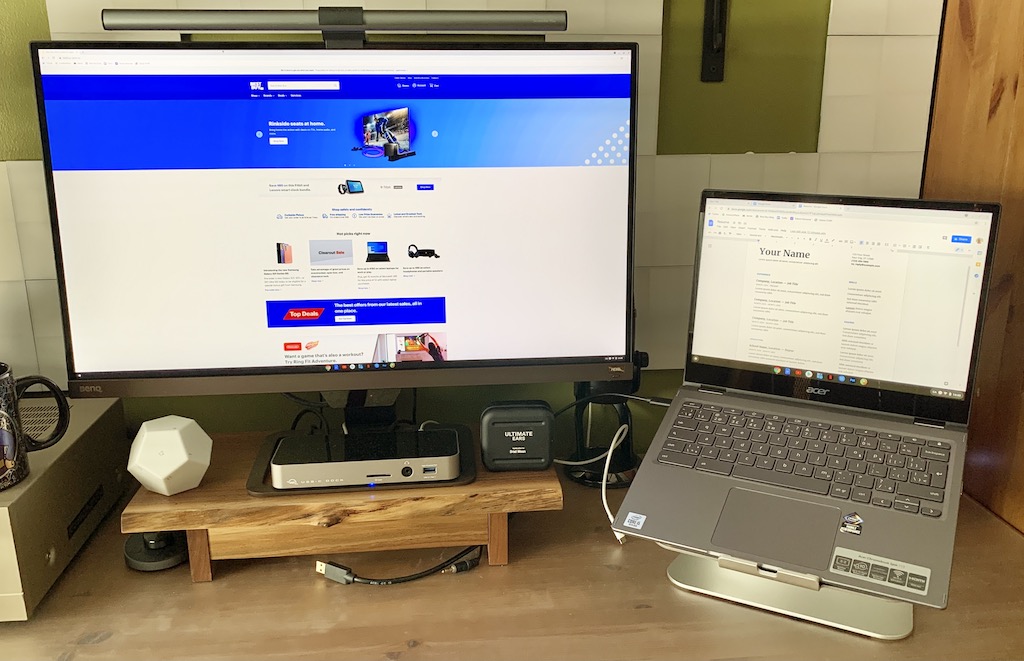
Next steps
Still not sure if a Chromebook is right for your family? Chris Loblaw can help with his guide “MacBook, Chromebook, or Windows laptop?“
There is an amazing selection of Chromebooks available now, with prices that still start at just several hundred dollars. Check out the full selection at Best Buy and discover if a Chromebook is the right choice as your next family computer.







This looks like it has incredible flexibility, my son has been bugging me for a laptop amd draws a lot…might be a great option
Comments are closed.